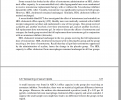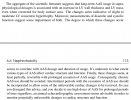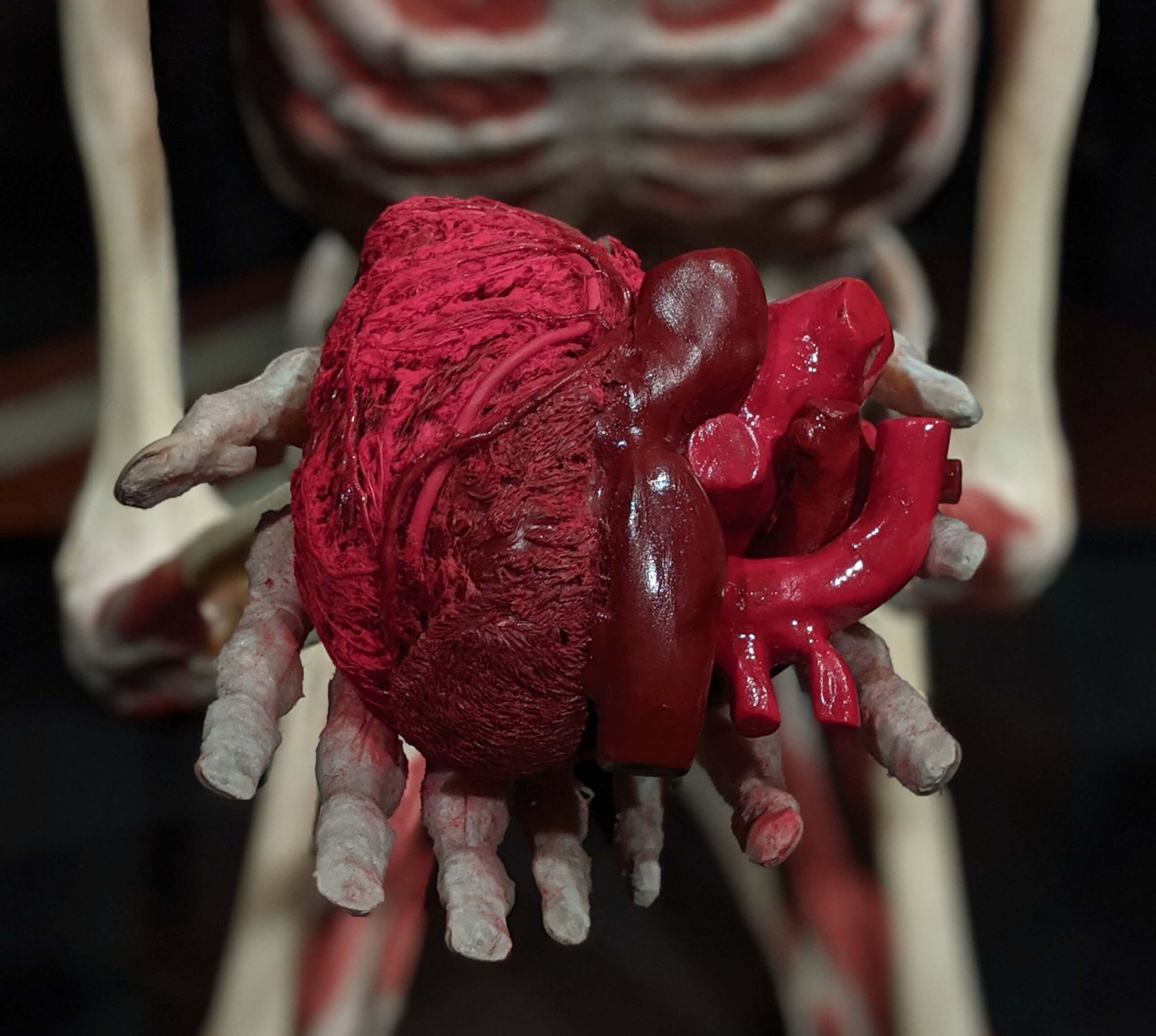CooSee
Member
Hey folks,
So most of us know that AAS can lower HDL, and we've been told low HDL is bad, especially if it's in a worse ratio than 1:5 to LDL. What no one I've found talks about, including any of the smart youtubers these days including the doctors who talk about AAS, is this question: If low endogenous T is pretty well associated with higher cardiovascular disease (CVD), then isn't it confusing and a bit contradictory that exogenous AAS would increase risk of CVD? In other words, the exogenous AAS is giving us higher androgens, so shouldn't that reduce CVD risk because it puts our body in the opposite state of what is known to have a high correlation with CVD? Well, I've thought a lot about this topic, so I've wondered, what if the presence of high androgens in the body actually was instead of "forcing" HDL down, was actually "allowing it to go down" due to the fact that the HDL particles were becoming more effective somehow due to the presence of high androgens. As a TRT guy for 10 years, and occasional blaster of T around 500mg or so, I've seen HDL go as low as 18. But my heart feels excellent in all cases. Whereas when I was a teen / 20's with low T and AAS-free, my heart often felt like shit when I would run or do anything.
I know it's a long and intense write-up, but for those who have time, I wanted to share this link because I finally google'd "Why does testosterone lower HDL?" (we usually just hear people answering the question "does testosterone lower HDL?", and the unequivocal answer is yes. So read the whole thing if you want, but if you want to skip to the part that got me excited and wishing more research would be done, and motivated to ask my Doc to do a particle level test on HDL and LDL, skip to the section "Testosterone and lipids", first paragraph, sentence six. Other good sentences are section "Testosterone and lipids" paragraph two, row 10 and 11, and the really big one that actually supports the theory I outlined above is paragraph three, rows 5-8. They say "Interestingly, in-vitro findings suggest that T could accelerate reverse cholesterol transport [53], and it has been suggested that reductions in HDL-c caused by TRT actually could reflect this accelerated process [54]. This raises the possibility that these reductions in HDL-c do not confer increased CVD risk at all and conceivably could reflect a protective effect."
 www.ncbi.nlm.nih.gov
www.ncbi.nlm.nih.gov
This person is saying that the exogenous T is making our HDL more effective, so we don't need as much / many of them!
What do you all think?
So most of us know that AAS can lower HDL, and we've been told low HDL is bad, especially if it's in a worse ratio than 1:5 to LDL. What no one I've found talks about, including any of the smart youtubers these days including the doctors who talk about AAS, is this question: If low endogenous T is pretty well associated with higher cardiovascular disease (CVD), then isn't it confusing and a bit contradictory that exogenous AAS would increase risk of CVD? In other words, the exogenous AAS is giving us higher androgens, so shouldn't that reduce CVD risk because it puts our body in the opposite state of what is known to have a high correlation with CVD? Well, I've thought a lot about this topic, so I've wondered, what if the presence of high androgens in the body actually was instead of "forcing" HDL down, was actually "allowing it to go down" due to the fact that the HDL particles were becoming more effective somehow due to the presence of high androgens. As a TRT guy for 10 years, and occasional blaster of T around 500mg or so, I've seen HDL go as low as 18. But my heart feels excellent in all cases. Whereas when I was a teen / 20's with low T and AAS-free, my heart often felt like shit when I would run or do anything.
I know it's a long and intense write-up, but for those who have time, I wanted to share this link because I finally google'd "Why does testosterone lower HDL?" (we usually just hear people answering the question "does testosterone lower HDL?", and the unequivocal answer is yes. So read the whole thing if you want, but if you want to skip to the part that got me excited and wishing more research would be done, and motivated to ask my Doc to do a particle level test on HDL and LDL, skip to the section "Testosterone and lipids", first paragraph, sentence six. Other good sentences are section "Testosterone and lipids" paragraph two, row 10 and 11, and the really big one that actually supports the theory I outlined above is paragraph three, rows 5-8. They say "Interestingly, in-vitro findings suggest that T could accelerate reverse cholesterol transport [53], and it has been suggested that reductions in HDL-c caused by TRT actually could reflect this accelerated process [54]. This raises the possibility that these reductions in HDL-c do not confer increased CVD risk at all and conceivably could reflect a protective effect."
An update on testosterone, HDL and cardiovascular risk in men - PMC
Testosterone prescriptions have risen steadily and sharply in the USA despite a lack of clear understanding of the relationship between androgens and cardiovascular disease. In men with increasing age, testosterone levels decline and cardiovascular ...
This person is saying that the exogenous T is making our HDL more effective, so we don't need as much / many of them!
What do you all think?






